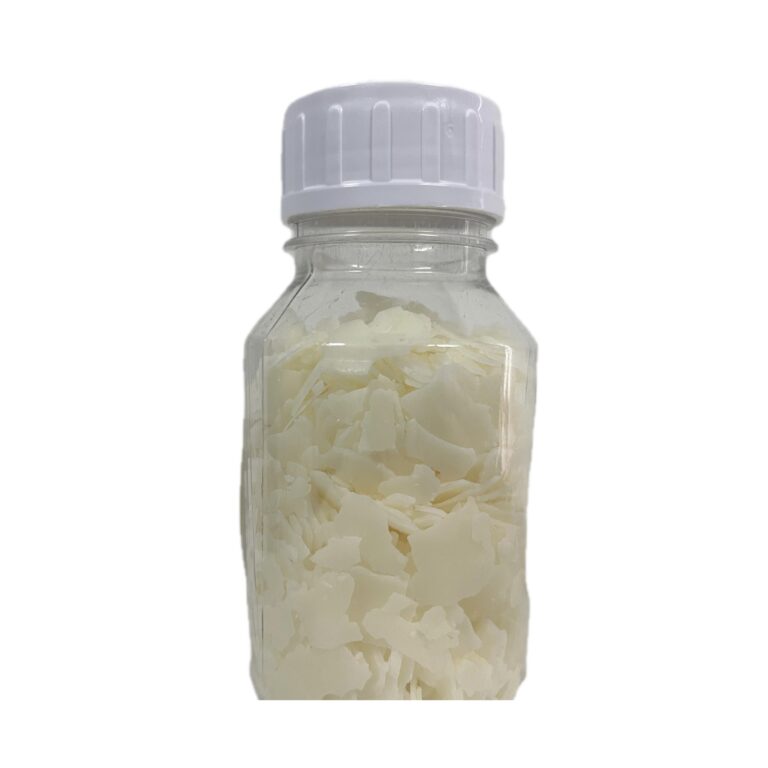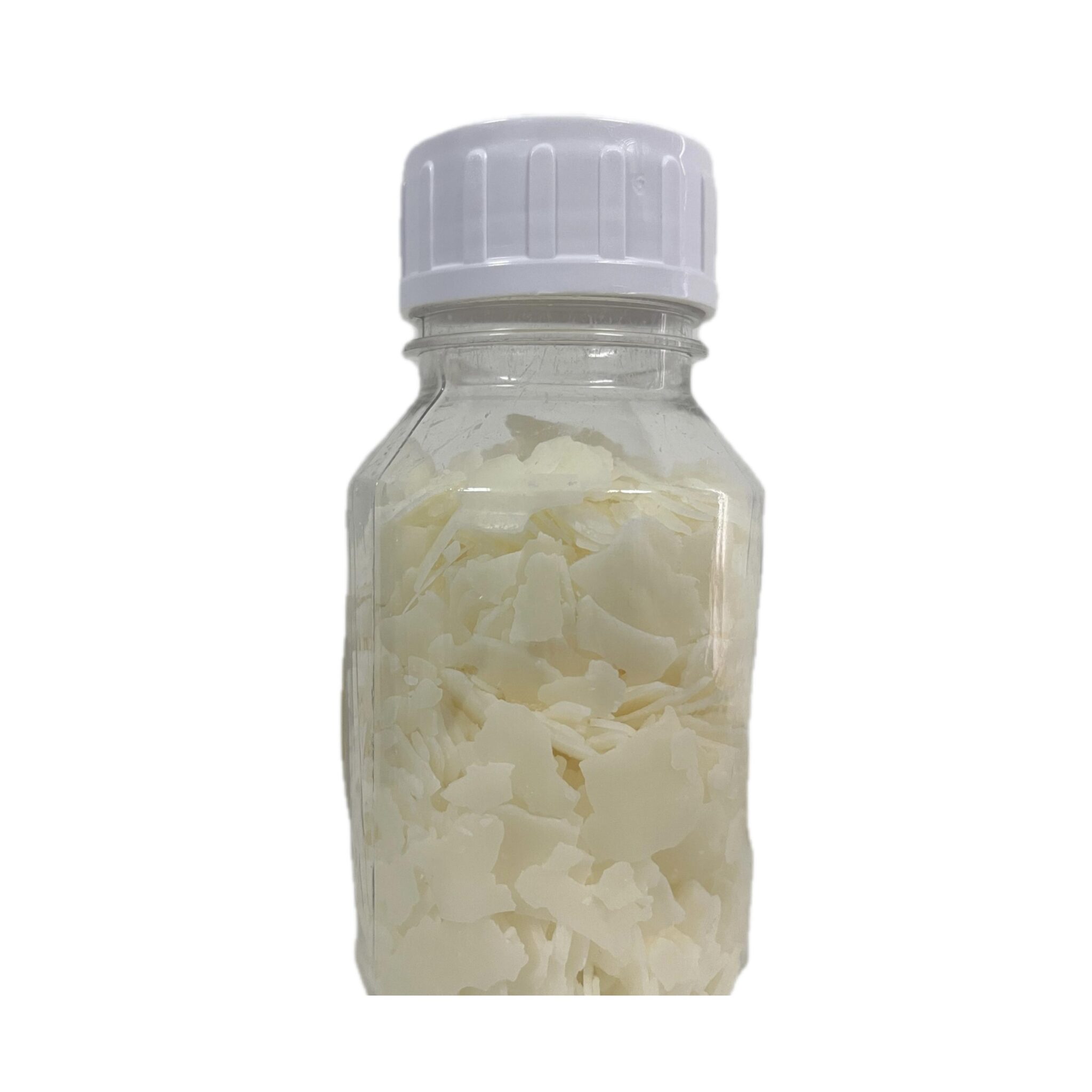Introduction: Are You Relying on Outdated Solutions?
Industry reports show a staggering 30% failure rate in surfactant formulations—are you confident your solution is truly reliable? Many surfactant manufacturers grapple with inefficiencies in their production processes, leading to subpar products that simply don’t meet industry needs. It’s not just about having the right ingredients; it’s about how they’re processed and applied. If your surfactant manufacturing isn’t agile and efficient, you might be leaving money on the table, just like countless others in the field.

Traditional Solution Flaws: What’s Going Wrong?
Look, it’s simpler than you think—traditional manufacturing methods often fail to adapt to rapidly changing market demands. These older techniques can lead to inconsistencies in product performance and quality. Relying on outdated technology can also mean higher waste rates, which in turn, raises operational costs. The key is—never ignore the importance of quality control parameters. As new formulations and applications emerge, surfactant manufacturing companies must embrace innovation to stay competitive.
New Technology Principles: The Way Forward
So, what’s the answer? The latest advancements focus on smarter processing techniques that enhance product consistency and user experiences. Integrating automated systems and data analytics can streamline operations, making it easier for surfactant manufacturers to meet complex specifications. This shift can significantly cut down on waste and improve the ecological footprint of the manufacturing process—an increasing demand from environmentally-conscious consumers. The spotlight now shines on biocompatibility and performance efficiency, transforming how users perceive and engage with surfactants in everyday applications.

Quantified User Benefits: What’s in It for You?
By adopting these cutting-edge technologies, surfactant manufacturing companies can see measurable benefits. Many report a reduction in production costs by up to 25%, not to mention improved product reliability—which can directly translate to heightened customer satisfaction and brand loyalty. Additionally, enhanced production methods allow for rapid scaling, making it easier to introduce new products to the marketplace without significant lead time. Why do failures always occur during busy season? It’s often related to capacity constraints that newer technologies can effectively eliminate.
Conclusion: What to Consider When Choosing Solutions
When evaluating different surfactant manufacturing companies, it’s crucial to always verify these 3 metrics: ① Quality Control Processes ② Technological Innovations ③ Environmental Impact. By focusing on these areas, you can ensure that your manufacturing partner is equipped to meet the challenges of today’s demanding market. After all, choosing the right manufacturer can mean the difference between success and failure.
It’s worth noting that when exploring surfactant manufacturing companies, the level of support and innovation they offer can greatly affect your own production outcomes. For instance, top-quality manufacturers should prioritize sustainability and efficiency, which is becoming increasingly important in today’s industrial landscape. Look towards those who not only provide products but also act as partners in innovation.
For anyone seriously considering options in the surfactant sector, resilience and adaptability are key. When you choose a partner like Zanyu, you’re not just getting a supplier; you’re aligning with a company known for its supply advantages and commitment to quality. Investing in such relationships will invariably strengthen your position in the marketplace and enable you to offer the best to your customers.
